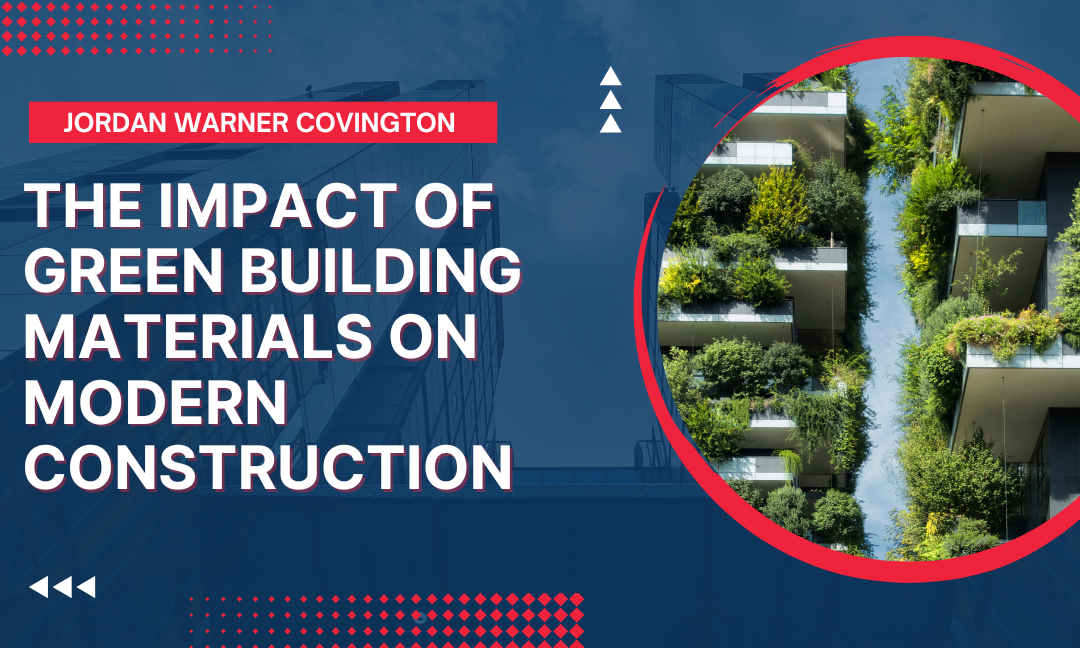As the world faces mounting environmental challenges, the construction industry is undergoing a significant transformation. Green building materials have moved from being an emerging trend to a central component of modern construction practices. These sustainable materials are not only better for the planet, but they also offer long-term economic and health benefits for builders, homeowners, and communities.
Green building materials are sourced, manufactured, and used with minimal environmental impact. They may be recycled, renewable, or energy-efficient by design. Some of the most widely used materials include reclaimed wood, recycled steel, bamboo, cork, low-VOC paints, and insulation made from recycled denim or cellulose. Each of these materials contributes to reducing waste, conserving natural resources, and improving energy efficiency.
One of the most important impacts of green materials is their ability to reduce a building’s carbon footprint. Traditional construction methods often rely on resource-heavy materials such as concrete and new lumber, which require significant energy to produce and transport. In contrast, green materials often require less processing and can be sourced locally, cutting down on emissions associated with shipping and manufacturing.
Energy efficiency is another major benefit. Materials like high-performance windows, cool roofing systems, and advanced insulation contribute to better thermal regulation within buildings. This translates into lower heating and cooling costs, reduced energy consumption, and greater comfort for occupants. Over time, these savings can offset the initial investment in green materials.
Health and well-being are also key factors driving the adoption of sustainable building products. Many conventional materials release harmful chemicals, such as formaldehyde and volatile organic compounds (VOCs), into the indoor environment. Green alternatives, such as low-VOC paints and formaldehyde-free insulation, help improve indoor air quality. This is especially important in residential and commercial settings where people spend most of their time indoors.
Water conservation is another area where green materials make a substantial impact. Permeable concrete, rainwater harvesting systems, and low-flow fixtures help reduce water waste and manage runoff effectively. These systems are becoming essential in regions prone to drought or water scarcity, helping communities manage their natural resources responsibly.
Durability and longevity are often overlooked advantages of green building materials. Many eco-friendly products are engineered to be more resilient than their traditional counterparts. For example, recycled steel offers superior strength and resistance to pests, mold, and fire. Engineered wood alternatives are designed to resist warping and moisture damage, extending the lifespan of structures and reducing the need for frequent repairs or replacements.
Green materials also promote innovation in architectural design. Builders and architects are reimagining the way structures are built, incorporating natural lighting, passive heating and cooling strategies, and materials that respond to environmental conditions. This not only enhances sustainability but also improves the aesthetic appeal and livability of buildings.
Financial incentives are making green construction more appealing to developers and homeowners alike. Government programs, tax credits, and certifications such as LEED (Leadership in Energy and Environmental Design) encourage the use of sustainable materials. These benefits can improve property value, attract eco-conscious buyers, and reduce operating costs over time.
The construction industry is also becoming more accountable for its role in environmental degradation. As awareness grows about the impacts of deforestation, landfill waste, and climate change, builders are seeking responsible solutions. Green materials provide a practical path forward, allowing the industry to meet demand while minimizing harm.
In conclusion, green building materials are reshaping the future of construction. By reducing environmental impact, improving energy efficiency, supporting occupant health, and encouraging innovation, they offer a path to a more sustainable and resilient built environment. As demand for sustainable construction continues to rise, embracing green materials is no longer optional—it’s essential.

